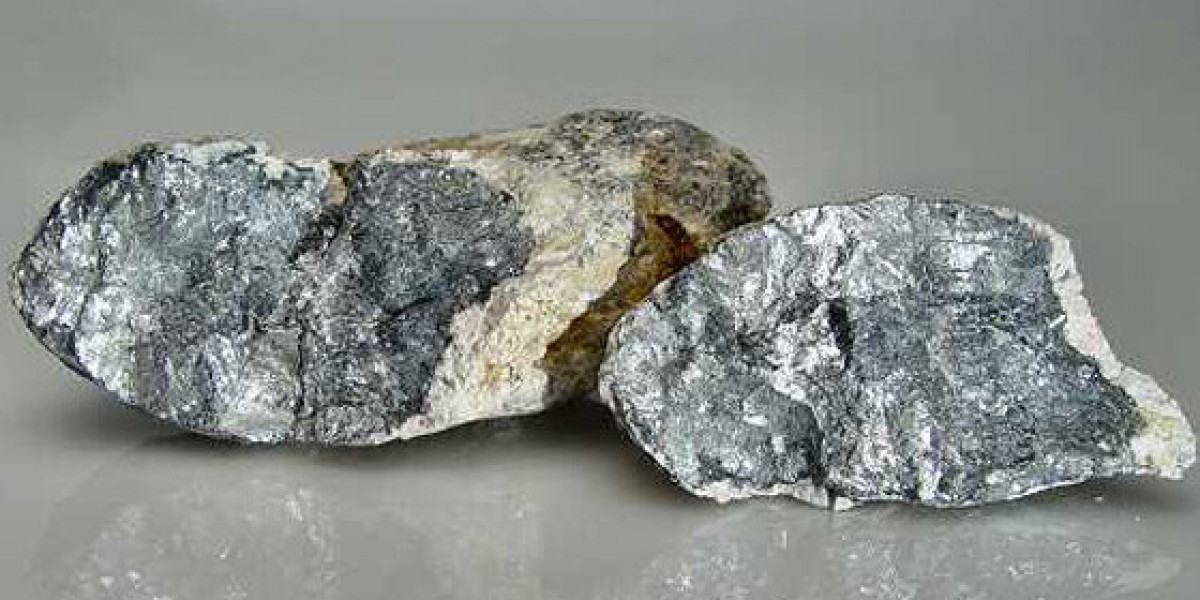Antimony, a crucial metalloid used in flame retardants, batteries, and military applications, has witnessed significant market shifts in recent years. Supply chain disruptions, geopolitical uncertainties, and evolving technological applications have reshaped the industry. This article explores the key factors driving these changes, highlighting price volatility, regulatory interventions, and emerging investment opportunities in the global antimony market.
Supply Chain Disruptions and Geopolitical TensionsOne of the most significant factors affecting the antimony market is its concentrated supply chain. China dominates global antimony production, controlling over 70% of the worlds supply. However, increased environmental regulations and mining restrictions within China have led to periodic supply shortages, impacting global markets. Additionally, geopolitical tensions, including trade restrictions and export limitations, have further exacerbated supply concerns.
To counteract dependence on Chinese production, several countries and mining firms are exploring alternative sources. Nations like Russia, Bolivia, and Australia are increasing their antimony production efforts, while recycling initiatives are gaining traction as a sustainable supply source.
Price Volatility and Market DynamicsThe price of antimony has fluctuated dramatically due to supply chain instability, changing demand patterns, and speculative trading. In recent years, supply shortages have driven up prices, while periods of economic slowdown have resulted in demand contractions. The COVID-19 pandemic further disrupted the market, causing logistical challenges and impacting production levels worldwide.
Investors are closely monitoring antimony prices as the metal gains importance in high-growth sectors such as renewable energy and defense. Governments and private entities are now considering stockpiling strategies to mitigate future supply risks, adding another layer of complexity to market dynamics.
Regulatory Policies and Environmental ConsiderationsEnvironmental regulations have played a crucial role in shaping the antimony market. Chinas crackdown on illegal mining operations and stringent environmental policies have led to reduced production, driving global supply constraints. Additionally, the growing emphasis on sustainability has prompted companies to invest in cleaner mining and refining technologies.
In the European Union and the United States, stricter environmental standards are influencing demand for antimony-based flame retardants and batteries. Regulatory policies on hazardous substances may lead to innovations in alternative materials, potentially impacting long-term antimony demand.
Technological Advancements and New ApplicationsAntimonys role in emerging technologies is reshaping its market demand. One of the most promising developments is its use in advanced battery technology, particularly in liquid metal batteries for energy storage. These batteries, designed for grid-scale applications, offer higher efficiency and longevity compared to traditional lithium-ion batteries.
Moreover, the increasing demand for antimony in military applications, including armor-piercing ammunition and electronic components, is strengthening its strategic importance. As defense budgets expand in response to global security concerns, antimony demand is expected to rise.
Investment Opportunities and Future ProspectsThe evolving antimony market presents significant investment opportunities. Companies focused on sustainable mining, recycling, and alternative extraction methods are gaining attention from investors. Additionally, the increasing demand for antimony in green energy applications positions it as a critical material for future innovations.
Governments worldwide are recognizing the strategic importance of antimony, leading to initiatives aimed at securing domestic supply chains. Investment in antimony exploration and production is expected to grow, with new projects emerging in politically stable regions.
Conclusion:-The antimony market is undergoing rapid transformations driven by supply chain constraints, regulatory policies, and technological advancements. With geopolitical factors influencing global trade and new applications expanding demand, the industry is set for further evolution. Stakeholders must adapt to these changes, exploring innovative solutions and investment strategies to navigate the shifting antimony market landscape.
Search
Popular Posts
Categories
- Cars and Vehicles
- Comedy
- Economics and Trade
- Education
- Entertainment
- Movies & Animation
- Gaming
- History and Facts
- Live Style
- Natural
- News and Politics
- People and Nations
- Pets and Animals
- Places and Regions
- Science and Technology
- Sport
- Travel and Events
- Books
- Business & Finance
- Cooking, Food & Beverage
- Electronics
- Health & Fitness
- United States
- Other









